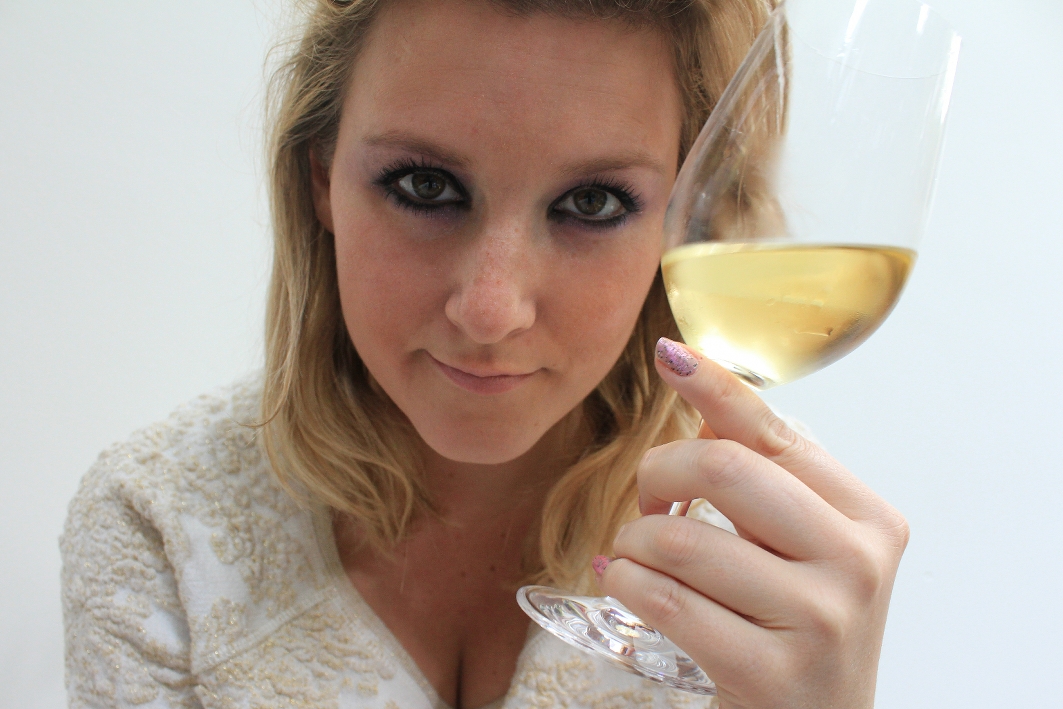
A bit of philosophy doesn’t hurt. After all we live in a consumer society where everything moves fast, where we no longer fix anything because you can buy everything, but we need to remember the true value of life and especially that we are not eternal.
Wine also is not eternal. It could even represent vanity!
Vanity? Yes it's an allegorical term for what is vain, futile, illusory, fragile, ephemeral and insignificant. In other words it represents human life.
The vanities are often ‘still life’. Born during the Baroque era (17th century), vanities are designed to make us reflect on life's fragility and brevity: 'memento mori' (remember that you will die)!
Many symbols are used and Ingvar Bergström, an art historian, classes them into three categories:
- The vanity of earthly possessions: books and scientific instruments for the ‘knowledge’ vanity; silver, jewellery, beads, weapons and crown for the vanity of ‘power and wealth’; pipes, wine, cheese, ham, potatoes, musical instruments and games for the vanity of ‘pleasures’.
- The transitory nature of life: skull, skeleton, time measurement, clocks and hourglass, extinguished candles and oil lamps, faded flowers.
- Symbol of resurrection and eternal life: ears of wheat and laurel wreath.
Interpreting this, wine can be considered as vanity. But which wine really represents the transience of life? Focus on two wines which you think are perfect for the occasion.
“Vanity of vanities, all is vanity” Solomon
Wine as vanity? OK but which one or rather which ones? Yes, I have selected for you two kinds of wine. I have to admit that French philosopher Michel Onfray opened my eyes with two of his works: ‘The greedy reason’ and ‘The forms of time - the theory of Sauternes’. So I have chosen as vanities to drink Champagne and Sauternes! But now, let’s see why.
Champagne! Born in the 16th century, this beverage will be a success at the Sun King’s court. Developed by Dom Pérignon, Champagne is synonymous with celebration. It perfectly exudes the Baroque period. It's a strange poetry of light bubbles, dancing, free and ephemeral!
Besides, ‘Barroco’ (Baroque) means a pearl with an unperfected roundness – always the roundness. This beverage will inspire many Baroque painters who believe in 'homo bulla' (man is like a bubble). The existence doesn't last more than a bubble, it's effervescent.
But more than champagne bubbles or air bubbles, pearls are truly the representation that is often found in the paintings. Vermeer is really the maestro, e.g. the girl with the turban, the young woman asleep. He painted serenity bubbles in noisy worlds and each of his models has a pearl. A reminder of the existence's vanity!
Then champagne is the bubble, the pearl, it's the vanity of life between power and pleasure. Champagne as a party, as a luxury product, we need to think about it every time we drink a glass of sparkling pleasure.
Sauternes is a different story. In the many Flemish paintings that I've seen recently in Florence, especially in the Uffizi Gallery, I noticed that many of the works are representing perishable elements such as flowers and fruits. We can also see other elements that make us think of the perishable like flies. But we never see decay. It's too traumatic probably.
Sauternes wines are the most wine-expression of this vanity. Botrytis cinerea, generally referred to as ‘noble rot’, is doing its work every year. Naturally present in the vineyard, it returns every year and spreads in the vineyard, transforming and decomposing the berries.
Water, air and fire must be in perfect harmony. Together, water with the moisture of the cool River Ciron, fog escaping from the meeting between the Ciron and the warmer River Garonne, thirdly the sun in the afternoon, all allow the evaporation of water present in the thin-skinned berries. However we also must pay attention to the so-called grey rot, which is truly the antithesis of noble rot. For the Sauternes producers it’s the Apocalypse!
Botrytis is annihilation. But man has somehow tamed it by producing nectar which is a celebration of life. Decaying is living differently. Botrytis is the vine’s Phoenix and by drinking this transfiguration man takes advantage of this state and builds the joy, the celebration, the merriment.
So, what do you think of these vanities to drink? Let’s simply enjoy them but always with moderation of course!
Chloé Cazaux Grandpierre
Chancelier Provincial, Bailliage Provincial of Aquitaine
An exceptional and prestigious Sauternes